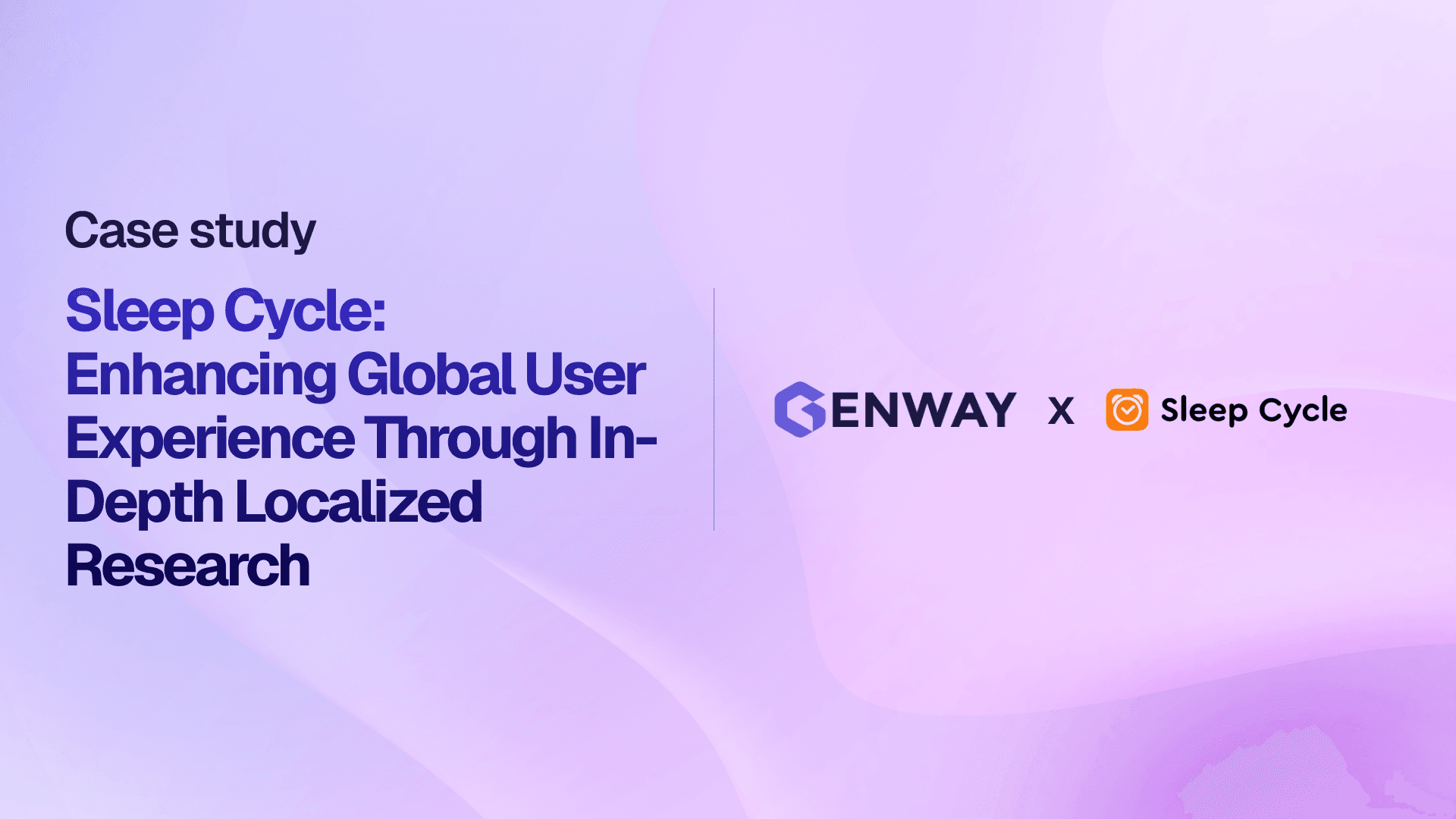AI Research Blurs the Lines Between Qual and Quant Research

Natan Voitenkov
Aug 21, 2024
•
5
min read
Where it all began
The earliest known research survey was conducted in 1834 by the Statistical Society of London. It was a simple, door-to-door survey to understand the occupations of people living in Manchester, England. Before this, information about populations was often gathered through censuses, which aimed to count the number of people and sometimes gather basic demographic information. However, the 1834 survey marked a shift towards using questionnaires to gather more detailed information about specific aspects of people's lives.
Pinpointing the earliest known research interview is much more of a challenge.
It was probably also back in the 19th century, a time of immense social change and reform movements. Social reformers like Florence Nightingale sought to understand the lives of marginalized populations and advocate for change. During the Crimean War, Florence spoke to patients and hospital staff, collecting detailed data on mortality rates and hospital conditions. Her systematic approach to data collection and analysis was groundbreaking at the time. It laid the groundwork for developing more structured interview techniques, ultimately leading to our current approaches in UX Research.
The “battle” between surveys and interviews
From the 19th Century onward, you might say there was a battle between surveys and interviews, quantitative and qualitative research.
Perhaps “battle” is too dramatic, but the two methods certainly existed on opposite sides of the spectrum. Surveys were quantitative, enabling researchers to gather “thin data” but at scale. Interviews were a (perhaps THE) qualitative method, enabling researchers to gather “thick data” with small samples (say of five users only…)
Part of the reason “battle” might be dramatic is that researchers often opted to use “mixed methods,” which up until recently meant combining a survey with an interview to gather both types of data, with varying sample sizes.
However, the advent of Generative AI has led us to a new era, where the lines between surveys and interviews, quant and qual, blur, shifting what conducting “mixed methods” research means.
Blurring the lines between surveys and interviews in the AI era.
When GenAI emerged to the public with Chat GPT, we suspect researchers began with a limited view of the step changes AI could drive, for example:
Automation and Efficiency: AI can automate processes like data collection, transcription, and analysis, leading to greater efficiency.
Enhanced Insights: AI-powered tools can analyze my survey data and interview transcripts to uncover hidden patterns, leading to richer and more nuanced insights into human behavior.
Personalization: AI can tailor surveys and interviews to individual respondents, adapting questions based on their answers. This will lead to a more engaging and personalized experience for participants.
But soon after that, the emergence of platforms like Genway demonstrated how the differentiation between surveys and interviews may have all but disappeared.
Initially, AI enabled us to conduct dynamic surveys and adapt survey questions based on respondents' answers, providing a more personalized and engaging experience. These dynamic abilities can help researchers delve deeper into specific topics based on individual responses.
But taking things a (giant) step further, Genway is bringing researchers AI-led interviews: AI-powered interviews in a natural, conversational style. This type of interview leads to more candid and detailed participant responses, providing richer qualitative data than surveys. AI-led interviews help teams create more inclusive products by enabling teams to connect with, research, and include the voices of more diverse customer populations.
AI-powered research completely blurs the line between quantitative and qualitative research.
What else could we accomplish when we can conduct any interviews at a practically infinite scale, at lightning speed?
Genway's few-shots learning auto-tagging model ensures you never miss
What the post-AI era of research means
Genway’s technology opens up all sorts of opportunities for advanced research. Let’s focus on three:
Longitudinal Studies: In pre-AI times, diary studies were the primary example of longitudinal studies. They were very labor intensive and typically lasted only a few weeks at most, and research was mostly triggered by time-based events. Now, AI platforms can track changes in people’s attitudes and behaviors over time, combining log data and survey data with targeted AI-driven interviews to provide a comprehensive picture of how people’s use of technology evolves.
Large-Scale Qualitative Studies: This used to be an oxymoron… Qualitative studies were, by definition, constrained to an extremely limited scale because of limited bandwidth. Now, AI can extend researchers’ abilities to analyze large volumes of qualitative data and conduct primary qualitative research at any scale, enabling them to deeply understand users as they engage with complex systems. And honestly, these days, what system isn’t a complex system?
Real-Time Feedback Loops: Research rigor and quality have several drivers, one of which is the immediacy with which data is collected following an experience. In the pre-AI era, researchers were limited in their ability to identify real-time occurrences and limited in scheduling (meetings, timezone differences, interview load). With Genway, any such limitations are gone, such that you can now connect with any user immediately following an interaction you’d like to understand better.
At Genway, we’re partnering with research teams to support their transition to the post-AI, blurry-lined reality of modern, mixed-methods research. Our end-to-end user interviewing solution leverages the latest AI technology to conduct user research autonomously, augmenting research by Insight Generating Functions with actionable insights on broad, diverse populations in real-time. We offer a solution that benefits any company that strives to leverage cutting-edge technology to conduct research that wasn’t possible before.
If you’d like to learn more about what we’re up to at Genway, check out our website at www.genway.ai. We’re working hard to leverage AI in ways that benefit our society and help us build technology inclusively.
We’re always looking for feedback. If you’d like to try Genway, contact natan@genway.ai or DM me on LinkedIn.
More insights

Generate insights with depth and scale using AI Interviewers





